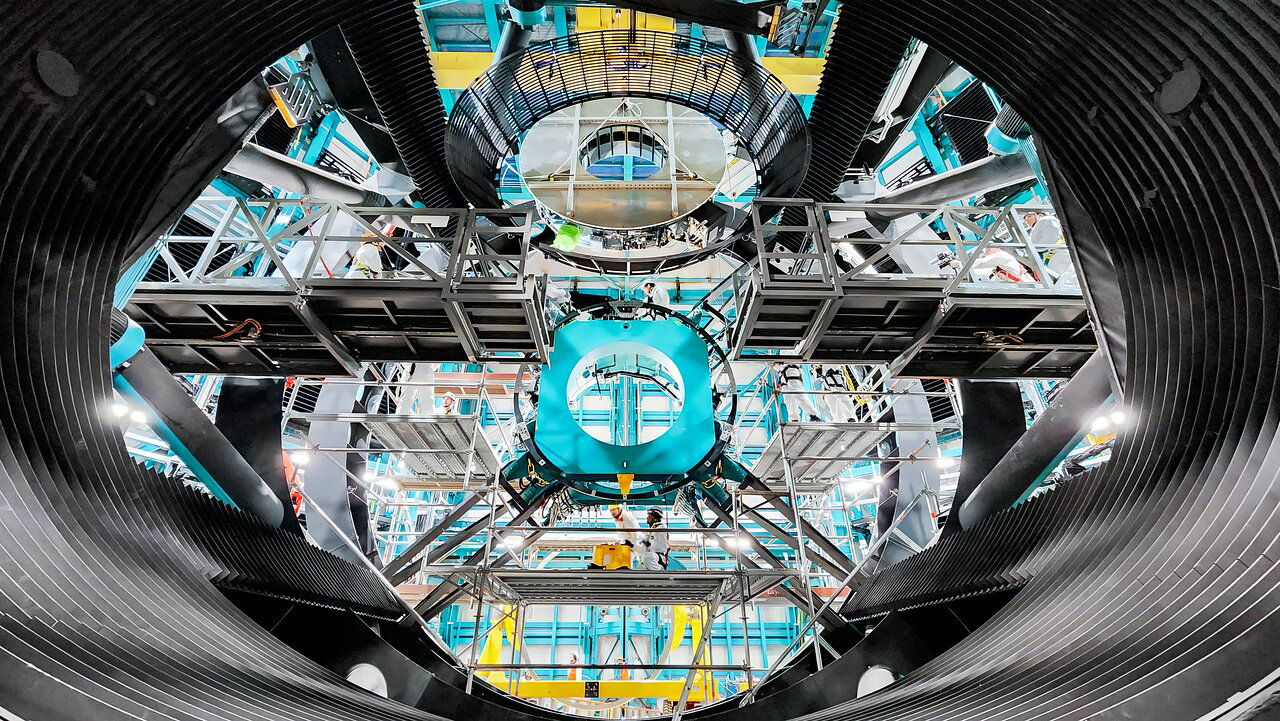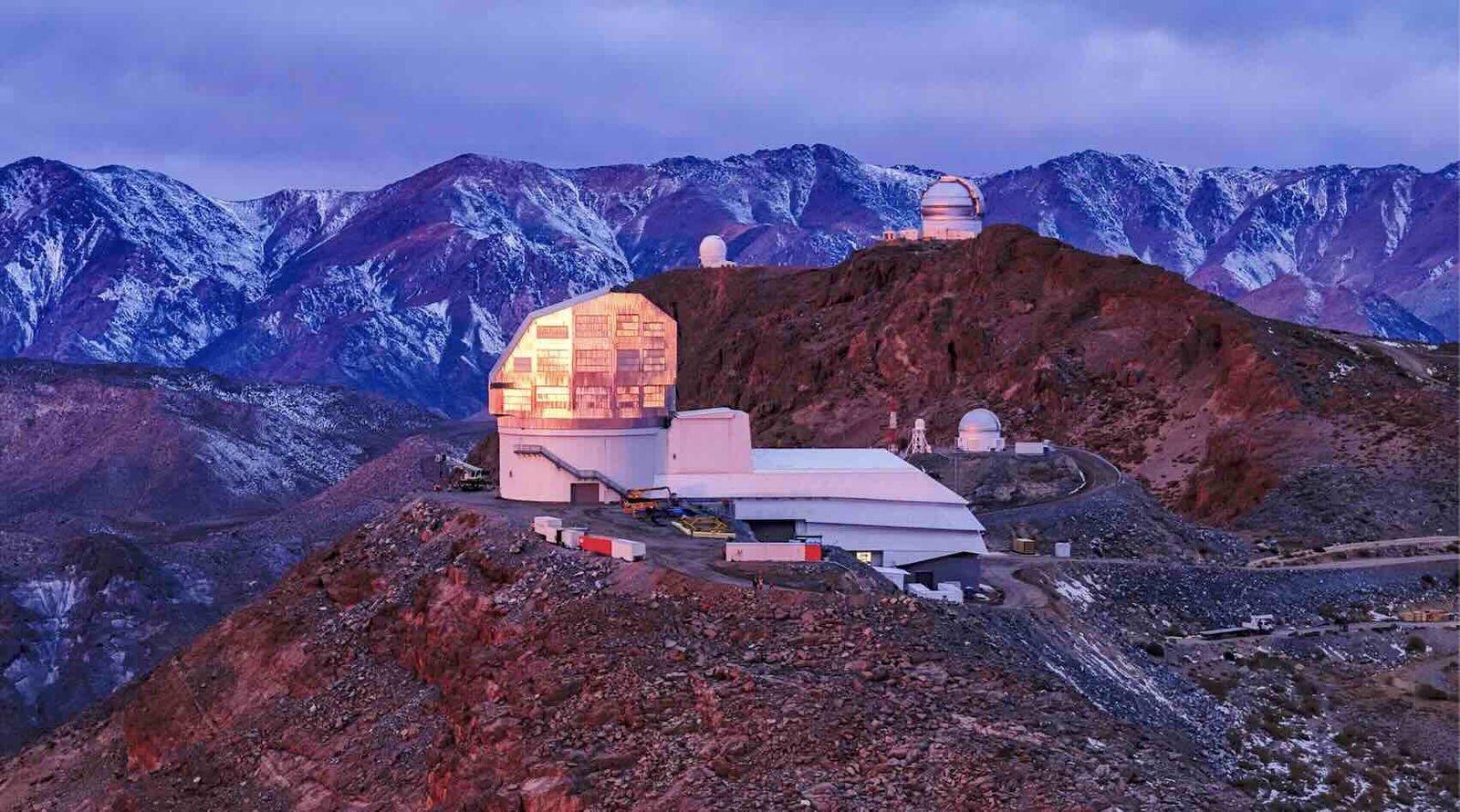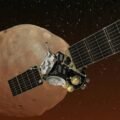Genuine scientists who are curious and wish to learn something new about physical reality are eager to study as much data as possible.
By contrast, fake scientists do not want their beliefs disproven by new facts, so they sweep anomalous data under the carpet of past knowledge and resist new data. Less data helps their state of mind since new anomalies trigger a cognitive dissonance in which they are forced to consider simultaneously two contradictory notions.
I once recall hearing a leading astronomer specializing in the solar system say ‘Oumuamua, the mysterious interstellar object first observed several years ago, “is so weird [that] I wish it never existed.” Rather than wishing such objects away, a better approach is to gather more data about them. But how can we get more data on ‘Oumuamua-like objects?
One way is to construct a new state-of-the-art observatory, and thanks to funding from the National Science Foundation and the U.S. Department of Energy, this unprecedented observatory is becoming a reality at a cost of 1.9 billion dollars.
The Rubin Observatory
On July 24, 2024, the Rubin Observatory‘s 3.5-meter secondary mirror was installed as the first piece of glass placed at its final position on the telescope. The observatory is planned to see its first light in 2025, when it will begin the Legacy Survey of Space and Time (LSST). The telescope will image the entire southern sky every four days using a camera with 3.2 billion pixels, a thousandfold increase relative to cell phone cameras. It will capture the highest-resolution video of the entire sky, producing the longest silent movie created in the Universe for ten years.
The Rubin Observatory site enjoys an average of 256 clear nights a year. Upon arrival in Chile, the secondary mirror was coated in 2019 silver for its superior reflectivity. The secondary mirror assembly was placed on the telescope structure. Once securely attached, the electronics were connected, and the software control system was activated.
Next up on the installation schedule, a temporary Commissioning Camera will test the system. Subsequently, the 8.4-meter primary/tertiary mirror assembly will be integrated. This will be followed by the final installation of the LSST camera – the most prominent digital camera in the world, which is about the size of a compact car and weighs about 3 tons. The LSST camera will have a field of view of 9.6 square degrees. Each image will contain two 15-second exposures. Over ten years, LSST will generate a staggering 60 petabytes of data, or 6 million gigabytes, per year.
It is estimated that LSST will monitor 20 billion galaxies, 17 billion individually resolved stars, and the orbits of more than 5 million objects within our Solar System.


Among the 5 million objects in the Solar System, astronomers expect at least several tens of interstellar objects like `Oumuamua and interstellar comets like Borisov. LSST could also reveal a few interstellar meteors like IM1 and Unidentified Anomalous Phenomena (UAP), which may appear different from the known populations of human-made satellites or space trash by the way they maneuver.
New Discoveries, and More
Beyond discovering new objects, the Rubin Observatory will also usher in a revolution in time-domain data. LSST will monitor most Solar System objects over ten years, with hundreds of observations per object split across six broad-band (u,g,r,I,z,y) filters. The large number of observations per object will allow the study of rotational light curves and colors, which probe the objects’ shape, size, rotation rate, and surface composition. Follow-up observations by the Webb telescope will provide additional information on the objects’ surface temperature, size, albedo of sunlight, cometary tail, 3D location versus time, and non-gravitational acceleration – based on the parallax relative to telescopes on Earth.
LSST could also track the population of killer asteroids or comets that could endanger our civilization. We are only aware of about 40% of near-Earth objects larger than 100 meters, roughly the size of `Oumuamua, that can cause continent-wide destruction by impacting Earth. The Rubin Observatory could increase the known fraction to 80% and improve the prospects for planetary defense by developing plans to deflect dangerous objects decades in advance.
One approach for defense is to send spacecraft that will collide with a hazardous object, as demonstrated by NASA’s DART spacecraft, which collided with the asteroid moonlet Dimorphos on September 26, 2022. Another approach is to shine a laser beam and ablate one side of the object to propel it away from Earth by the rocket effect of the evaporated gas. Finally, there is a possibility of painting one side so that the reflection of sunlight would push the object away from Earth. The farther the object is from Earth, the smaller the required deflection.
Together with my Laukien-Oumuamua postdoc in the Galileo Project, Richard Cloete, I am currently developing the software needed to identify interstellar objects in the LSST data pipeline. I hope future LSST data will flag extraterrestrial technological debris as anomalous among the expected population of interstellar asteroids or comets produced by nature. Such a finding will establish a new frontier of astro-archaeology, allowing humans to study the history of Milky Way civilizations that may have existed billions of years ago.
The tombstones in the graveyard of the Milky Way inform us about its past. From the age distribution of white dwarfs and the remnants of sun-like stars, it is possible to infer the stellar birth rate in the past. The inferred history of the Milky Way disk includes a peak of star formation ten billion years ago, followed by a constant star formation rate of a few sun-like stars every year. The Sun formed 4.6 billion years ago, halfway in lookback time to the peak in the star formation rate. The peak reached a level that was three times higher than the subsequent plateau, suggesting that most stars formed several billion years before the Sun.
With cosmic modesty as our guiding principle after the Copernican revolution, this indicates that technological objects similar to our interstellar probes could have reached us from the other side of the Milky Way disk by now. Detailed calculations demonstrated this realization in a new paper I wrote with my undergraduate student, Shokhruz Kakharov.
A large enough statistical sample of the arrival directions and velocities of interstellar objects would allow us to infer their possible origin and age in the Milky Way galaxy.
The forthcoming decade of discovery enabled by the Rubin Observatory could inform us that we are not alone. I am often asked what would constitute clear evidence beyond a reasonable doubt for an extraterrestrial technological object, to which I reply: “High-quality data on an object with a shape, composition, and dynamics that do not resemble familiar rocks and human-made gadgets.”
Discovering conclusive evidence for interstellar technological debris with LSST would remind us that we are not alone. As earthlings, we all share the same boat as we travel through the ocean of interstellar space. We had better cooperate as “team Earth” when we discovered trash from other ships that had traveled before us in this ocean.
Scientific discovery can be exciting if we explore what lies beyond the horizon without assuming we know the answer. The sky’s the limit for our imagination. This is the motivation for the Galileo Project expedition to the Pacific Ocean within the coming year to retrieve large pieces of the interstellar meteor IM1. In combination with the inauguration of LSST, 2025 is going to be a good vintage year for interstellar discoveries.
Avi Loeb is the head of the Galileo Project, founding director of Harvard University’s – Black Hole Initiative, director of the Institute for Theory and Computation at the Harvard-Smithsonian Center for Astrophysics, and the former chair of the astronomy department at Harvard University (2011-2020). He is a former member of the President’s Council of Advisors on Science and Technology and a former chair of the Board on Physics and Astronomy of the National Academies. He is the bestselling author of “Extraterrestrial: The First Sign of Intelligent Life Beyond Earth” and a co-author of the textbook “Life in the Cosmos,” both published in 2021. His new book, “Interstellar,” was published in August 2023.

